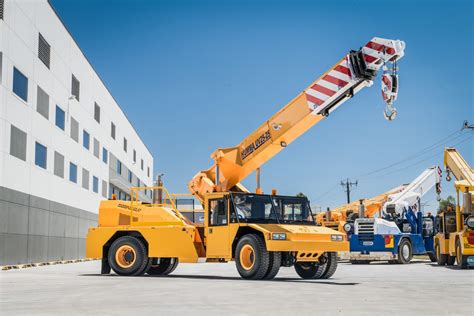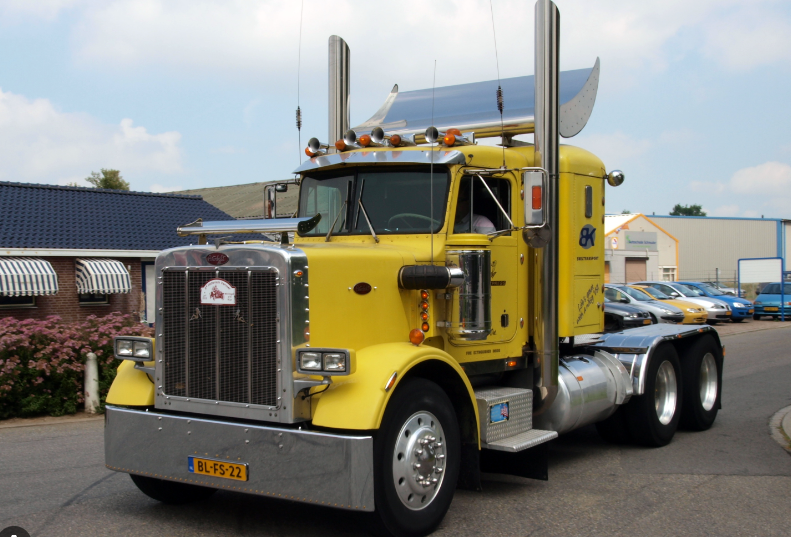how do tower cranes get built
Release time:2023-06-29 20:32:44
Page View:
author:Yuxuan
Tower cranes are a common sight on many construction sites. These massive structures are used to lift and move heavy objects, such as steel beams, concrete blocks, and machinery. They are essential tools for construction workers, making it possible to build tall buildings and structures safely and efficiently. However, have you ever wondered how tower cranes are built in the first place? In this article, we will explore the steps involved in constructing a tower crane.
Foundation
The first step in building a tower crane is to construct the foundation. The foundation is a crucial part of the tower crane as it acts as the base and provides support for the entire structure. Typically, a large concrete pad is poured on the ground, and steel plates or bolts are embedded in the concrete to anchor the crane. The size and shape of the foundation depend on the size and weight of the crane.Tower and Mast Sections
After the foundation is complete, the tower and mast sections are assembled. The tower and mast sections are made of steel and can vary in length, depending on the height of the crane. Typically, the height of a tower crane can vary from 20 meters (66 feet) to over 80 meters (262 feet). The sections are bolted together, and steel braces and diagonal members are added to provide stability. The sections are then lifted into place using a smaller crane, and the process is repeated until the tower reaches the desired height.Slewing Unit and Jib
Once the tower and mast sections are in place, the slewing unit and jib are added. The slewing unit is the rotating part of the crane that allows it to turn 360 degrees. It is usually mounted on the top of the tower and requires a separate motor to operate. The jib is the long beam that extends from the top of the tower and can vary in length, depending on the size of the crane. The jib is preassembled on the ground and then lifted into place using a smaller crane. Once the jib is in place, it is bolted to the mast and connected to the slewing unit.Counterweights and Operating Mechanisms
Finally, the counterweights and operating mechanisms are added. Tower cranes are incredibly heavy, and the weight of the crane must be balanced by heavy counterweights mounted at the opposite end of the jib. Counterweights can weigh anywhere from 20 to 100 tons, depending on the size of the crane. The crane's operating mechanisms, such as the cab, engine, and hoist, are also installed. The cab is mounted on the slewing unit and allows the operator to control the crane using a series of controls and levers.Conclusion
In conclusion, building a tower crane is a complex and challenging process that requires a team of skilled workers and specialized equipment. From the foundation to the operating mechanisms, each step is carefully planned and executed to ensure the crane is safe and efficient. Tower cranes play a vital role in modern construction, and without them, it would be impossible to build the tall buildings and structures we see today.












